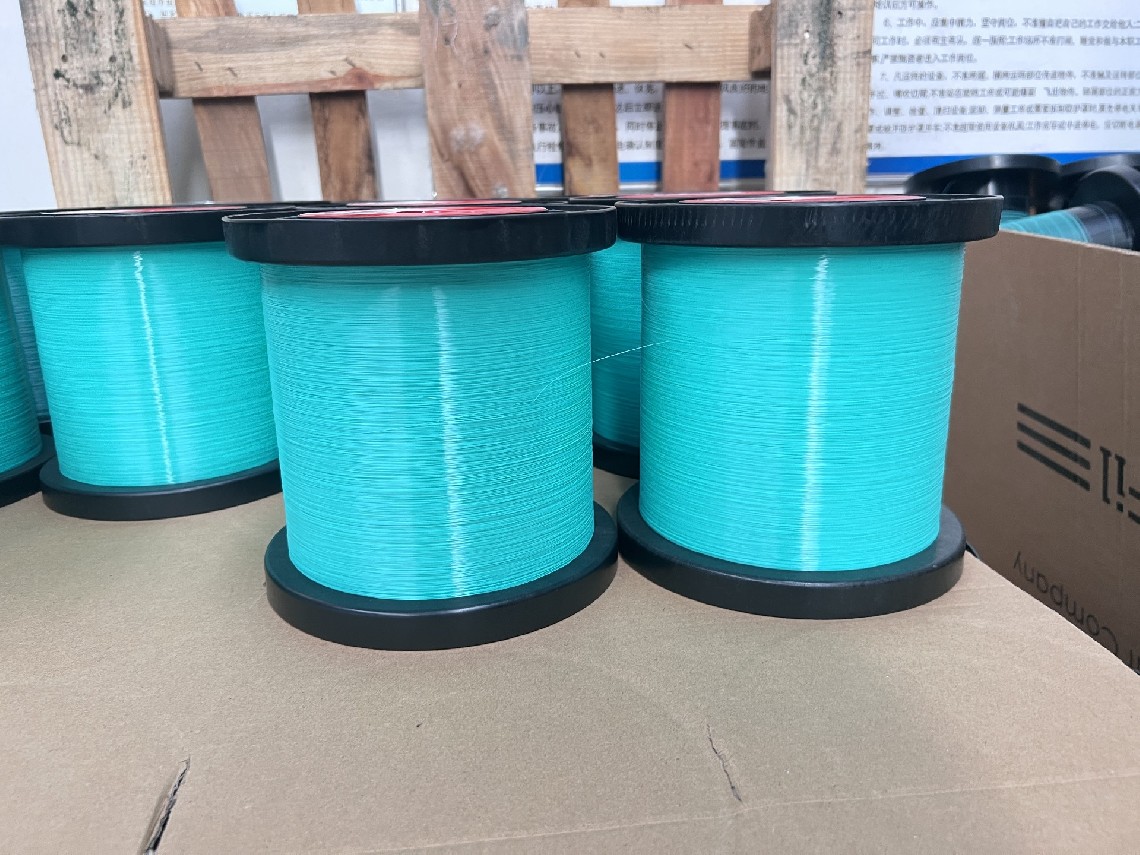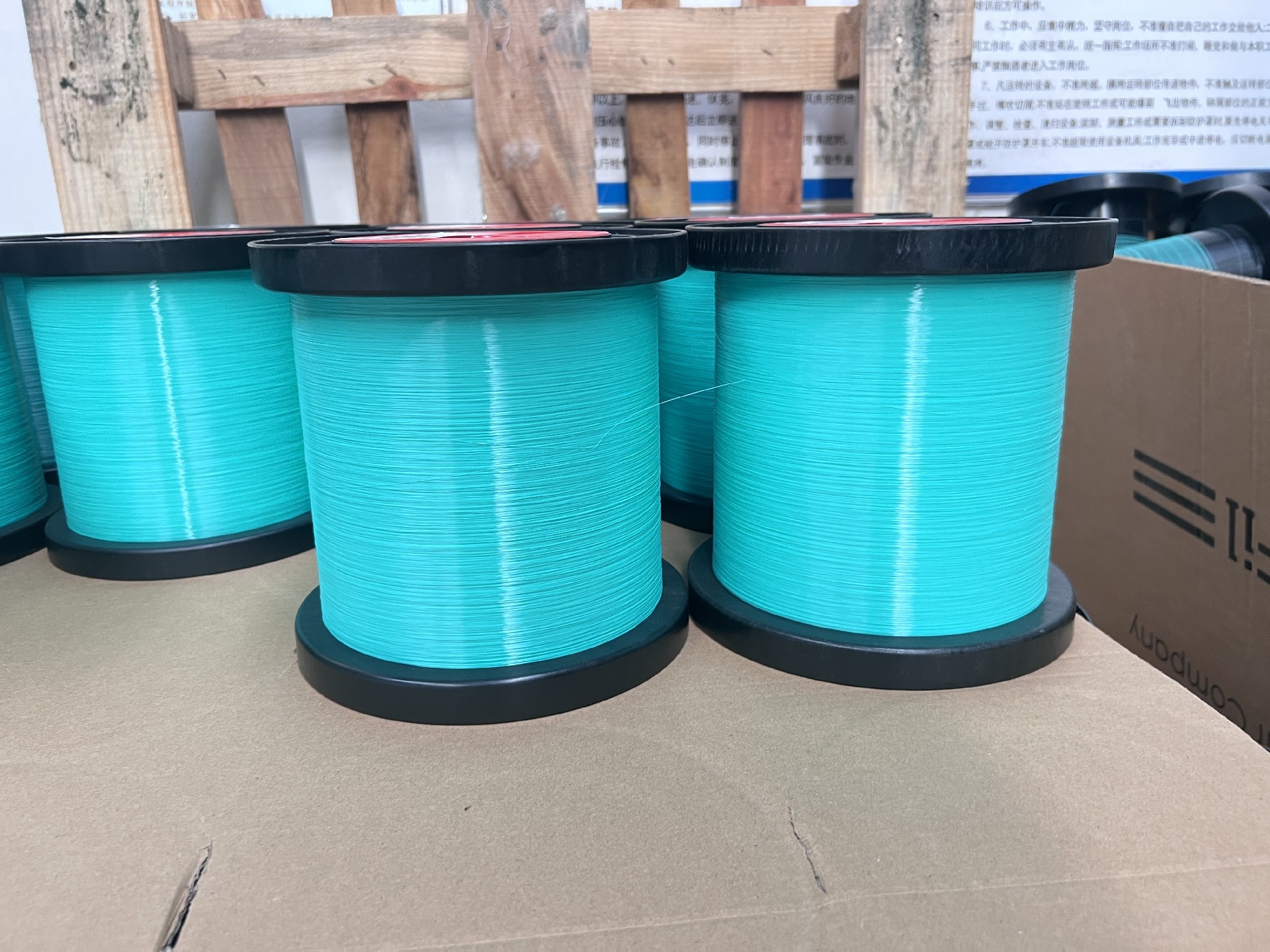There are significant differences in the temperature resistance of polyester monofilament and nylon monofilament in terms of long-term use temperature, melting point, and performance stability at high temperatures. The specific differences are as follows:
1. Long term use temperature range
Polyester monofilament (mainly PET):
Long term use at high temperatures typically maintains stable performance within the range of 120-150 ℃. Even when exposed to high temperatures of 150-180 ℃ in the short term, significant performance degradation (such as strength decrease, deformation, etc.) is not likely to occur.
This feature makes it suitable for continuous operation in high-temperature environments, such as industrial filtration (high-temperature liquid/gas filtration), baking equipment conveyor belts, and other scenarios.
Nylon monofilament (mainly PA6 and PA66):
The long-term use temperature is relatively low, generally between 80-120 ℃ (depending on the type: PA6 has a long-term temperature resistance of about 80-100 ℃, while PA66 has a temperature resistance of about 100-120 ℃).
If exposed to an environment above 120 ℃ for a long time, there will be a gradual decrease in strength, hardness, and even slow softening, which will affect the service life.
2. Differences in melting points
Polyester monofilament:
The melting point of PET is relatively high, with a melting point of about 250-260 ℃. It needs to reach a temperature close to the melting point at high temperatures to melt and deform.
Nylon monofilament:
The melting point varies depending on the type:
The melting point of PA6 is about 215-220 ℃
The melting point of PA66 is approximately 255-265 ℃ (similar to PET)
However, it should be noted that nylon monofilament may experience performance degradation (such as loss of elasticity and sudden drop in strength) due to intensified molecular chain movement at temperatures far below its melting point (such as over 150 ℃), while polyester monofilament has stronger stability before approaching its melting point.
3. Performance stability under high temperature environment
Polyester monofilament:
In high temperature environments (such as below 150 ℃), the ester bonds in the molecular structure have good stability and are not easily subjected to thermal oxidation degradation, thus maintaining better strength and dimensional stability, and are less prone to shrinkage, brittleness, or deformation due to high temperatures.
For example, in high-temperature scenarios such as boiler flue gas filtration and car engine compartment filters, polyester monofilament can work stably for a long time.
Nylon monofilament:
The amide bonds in the molecular structure are easily affected by oxygen at high temperatures, leading to thermal oxidation reactions that result in a rapid decrease in strength, yellowing of color, and loss of elasticity. Even if the temperature has not reached the melting point, long-term exposure to an environment above 120 ℃ will cause significant aging.
summarize
The temperature resistance of polyester monofilament is significantly better than that of nylon monofilament, especially in long-term high-temperature environments where stability is more prominent, making it suitable for scenarios that require temperature tolerance above 120 ℃; Nylon monofilament is only suitable for medium and low temperature environments (preferably below 100 ℃), and its performance is prone to degradation due to thermal oxidation at high temperatures. This difference also makes a clear distinction between the two in terms of application scenarios: polyester monofilament is commonly used in high-temperature industrial filtration, baking equipment, etc., while nylon monofilament is more commonly used in wear-resistant scenarios at room temperature (such as toothbrush bristles and ordinary drive belts).


